Why “Engage Your Pelvic Floor” Isn’t Always Enough
First, I’ll say that sometimes this instruction is enough. It works when someone knows exactly what it means—not just in theory, but in their body. In my experience, though, most people don’t have that kind of embodied understanding, especially if they’re experiencing pelvic imbalance, pain, or weakness.
Yes, the goal is to be able to powerfully engage the pelvic floor when needed—and to fully release it into a state of deep relaxation when a movement or position doesn’t call for activation. But if “engage your pelvic floor” leads to an uncomfortable sensation (for me, it used to trigger a gripping in my throat), or results in a kind of harsh squeeze, or if it yields no real movement at all—because the muscles simply don’t know how to respond—then the instruction falls flat.
The pelvic floor is an incredible system—a complex, layered structure that forms a hammock-like base for our internal organs. These muscles need both strength and elasticity. To connect with them in a meaningful way, I believe we need a nuanced, rich approach to exercising, rooted in awareness.
One aspect of my approach is learning to zoom in and explore this intimate map with our mind’s eye—getting to know its different elements (sphincters, superficial layer, deeper parts of the levator ani muscle group). For example, imagine your two sitting bones gently moving toward each other—and then apart. This can gradually create real movement and help activate the superficial transverse perineal muscles (just one—very important—set of structures supporting the pelvic floor).
Equally important is seeing the pelvic floor in context—linked to the rest of the body. This beautiful hammock or trampoline-like structure connects with the deepest layer of the abdominals, the spinal muscles, the diaphragm, and even the hip stabilizers, like the abductors. When we begin to recognize the sensation of these core systems working in harmony, we start to build real strength in the most supportive and gentle way.
So, there’s nothing wrong with the instruction “Engage Your Pelvic Floor”—I use it in my regular yoga classes all the time. But for those of us healing from pelvic floor imbalance or dysfunction, it’s not enough. What we need is a slow, sensitive , awareness-based guided tour into the depth of the pelvis.

